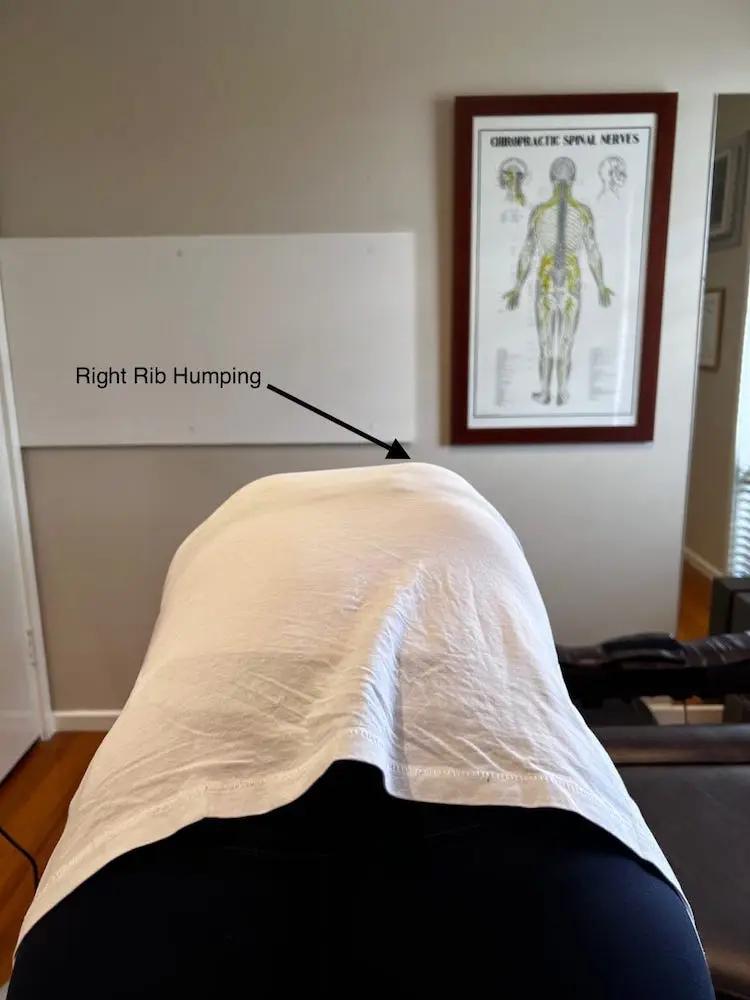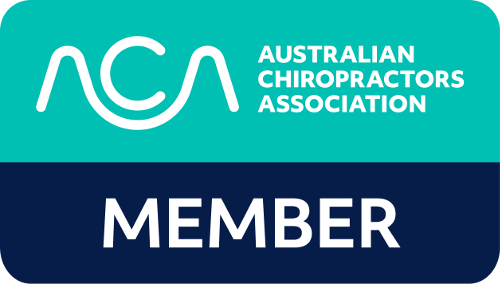Parents frequently worry when they spot one shoulder of their child sitting lower than the other or observe an uneven space between their arm and body. They might also question whether chiropractic can fix scoliosis. If you’re facing these concerns, getting your child evaluated by a healthcare professional who can guide you towards the proper treatment options is critical. In this discussion, we’ll delve into the causes of scoliosis, explore its various forms, and examine potential treatments.
Why Does the Spine Curve?
Scoliosis involves the spine curving unusually. It can be “functional scoliosis,” which occurs when one leg is shorter, causing the spine to bend. Another type, “idiopathic scoliosis“, occurs when the spine curves for no known reason. It often affects teenage girls.
Dealing with Functional Scoliosis
If your child’s spine seems to curve but straightens when sitting, it might be because one leg is shorter. Adding a heel lift to their shoe could help balance the hips, but this approach requires further research. Always consult with a healthcare professional before trying new solutions.
Managing Idiopathic Scoliosis
Idiopathic scoliosis needs careful monitoring and targeted treatment. It’s crucial to regularly check young children, especially girls, for any signs of this condition. Adam’s test is a standard method for detecting scoliosis.
Adam's Test
Adam’s test is a simple, preliminary screening method for detecting scoliosis. It mainly focuses on identifying thoracic curvature, a bend in the upper back.
To perform Adam’s test, you will ask your child to bend forward at the waist, keeping their back parallel to the floor and their knees straight. This position allows for a clear view of the spine and rib alignment. As your child maintains this position, carefully observe the ribcage from behind. If you notice a rib hump or a prominent bump on one side of the ribs, this may indicate the presence of thoracic scoliosis, suggesting an uneven curvature in the spine.
Detecting such an asymmetry is crucial for timely consultation with a healthcare professional, who can further assess the situation and recommend appropriate management or treatment steps.

Treatment Options
Fortunately, not every spinal curve worsens. However, it’s crucial to identify any progression before the teenage growth spurt. Monitoring may include low-radiation X-rays to minimize exposure while tracking the curve’s progression. The Cobb Angle, a measure used to determine the curvature’s severity, indicates scoliosis when it exceeds 10 degrees.
For worsening scoliosis, treatments like the Boston Brace may help guide the spine’s growth. While chiropractic care doesn’t replace bracing, it can alleviate pain and pressure in specific spinal areas. Chiropractors often employ gentle adjustments and exercises to relieve tension.
In severe cases where early intervention is missed, surgical implantation of Harrington Rods alongside the spine may become necessary. These rods often remain in place permanently.
The Role of Chiropractors
Chiropractors play a crucial role in early scoliosis detection by assessing spine health. Though they cannot cure scoliosis, they contribute to early detection and management, working within a comprehensive care team.
Chiropractic exercises and adjustments can reduce tension and discomfort, especially in less severe cases.
While minor spinal curves are standard and usually don’t require treatment, significant curvatures do. Early and regular spine checks during pre-teen and early teenage years are essential for timely intervention.


